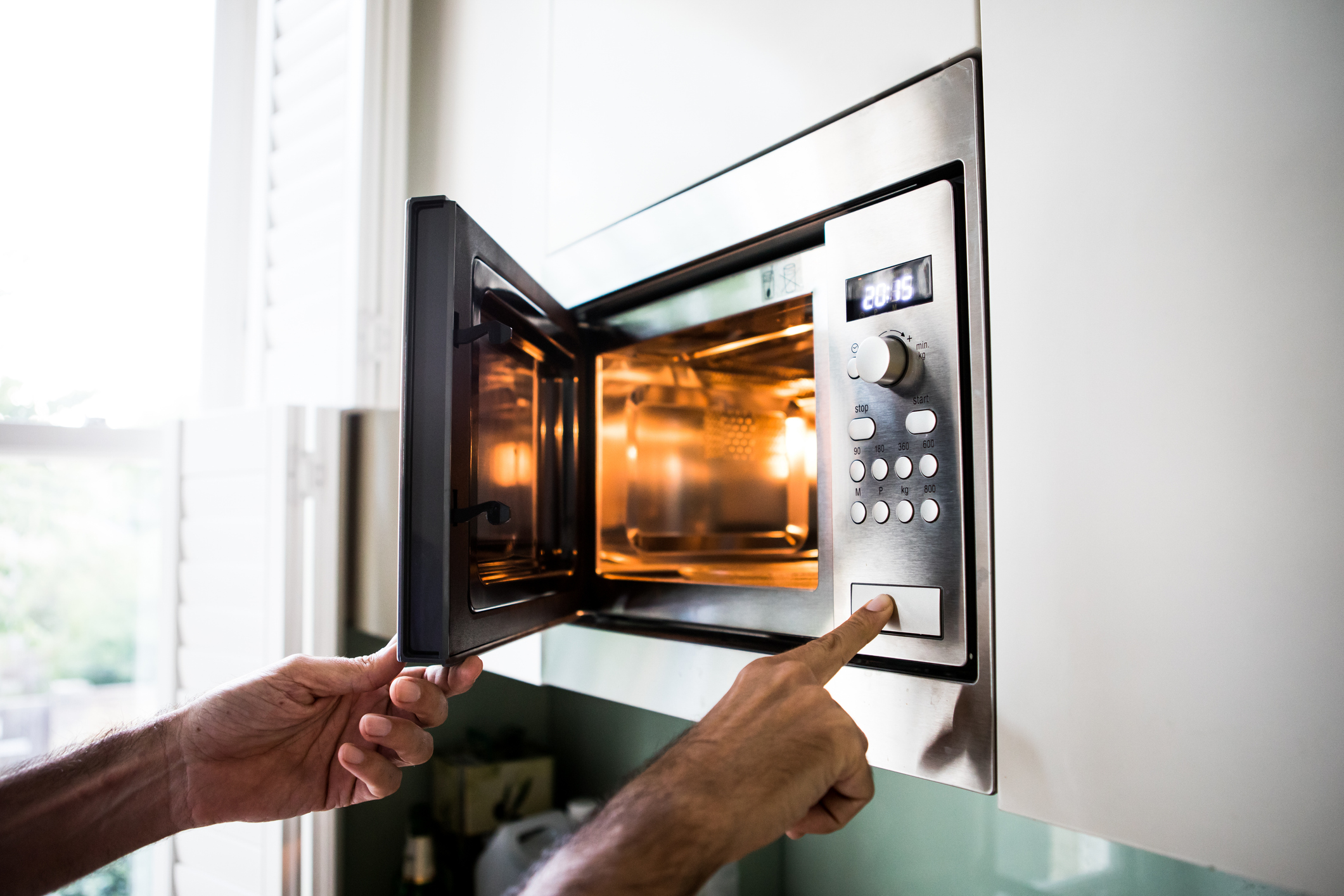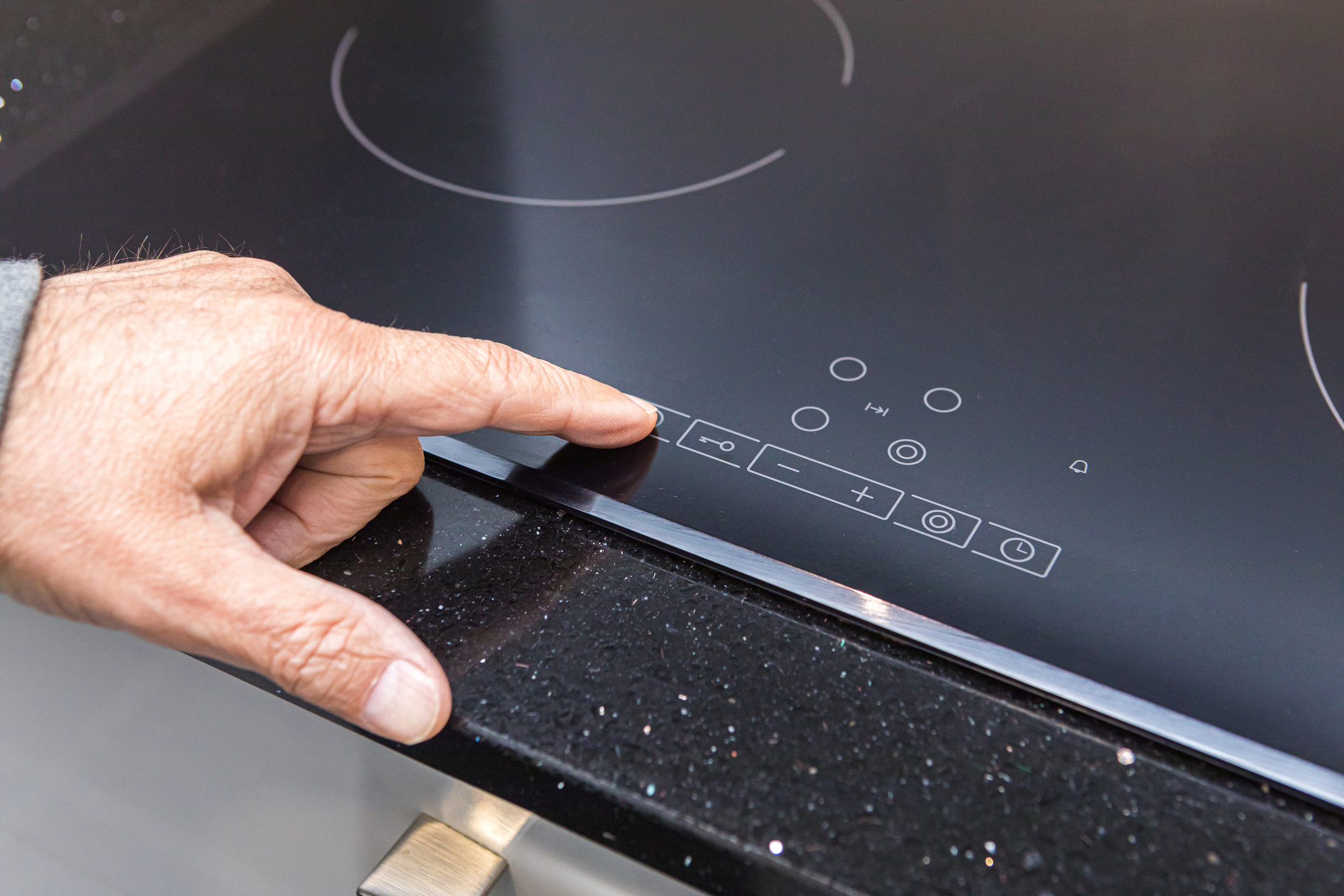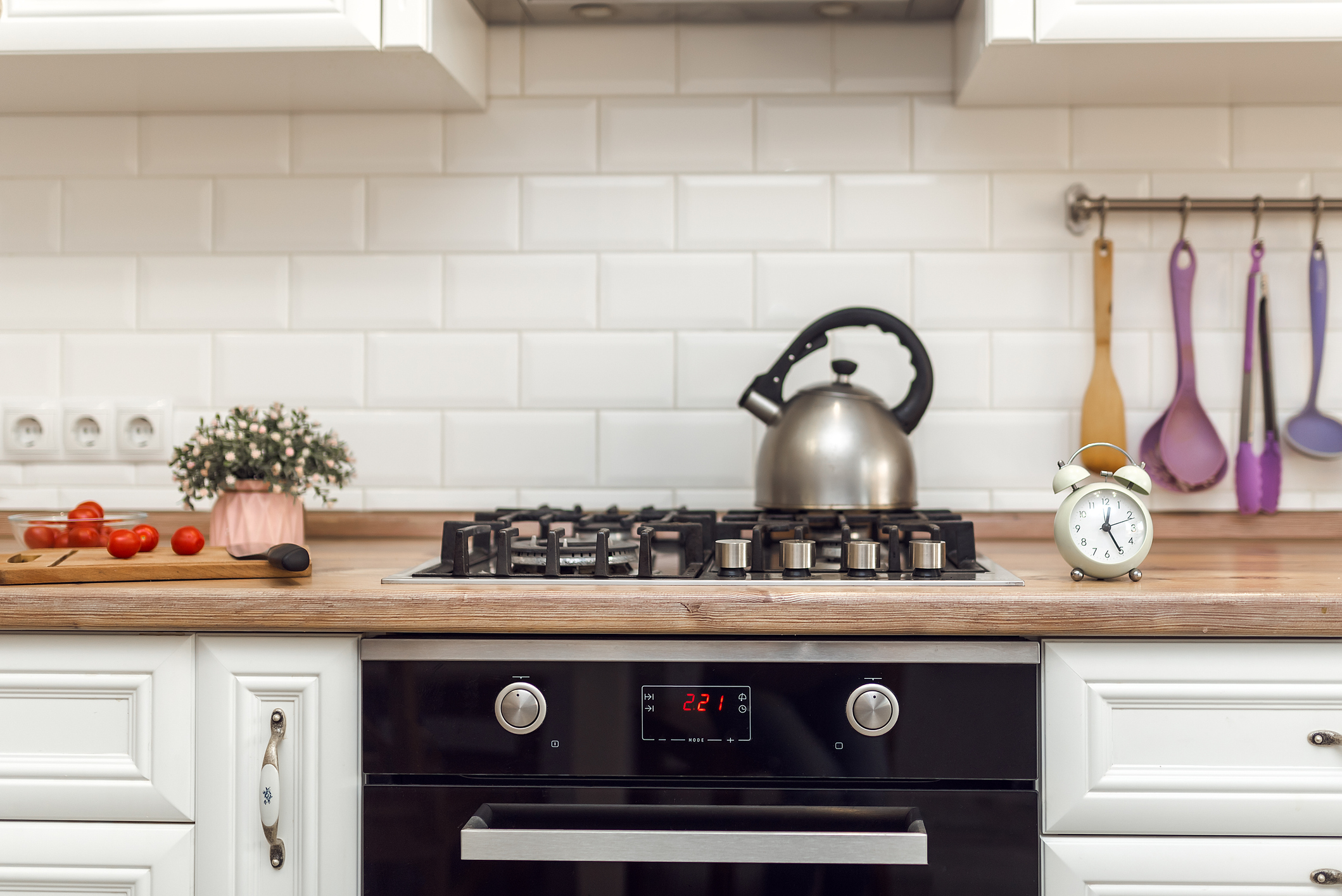We may earn revenue from the products available on this page and participate in affiliate programs. Learn More ›
Fashion and decor trends often make a comeback every few decades. Think shag rugs, bold floral wallpaper, wicker, and gold fixtures. With technology advancing at such a rapid speed, between AI and smart tech, we are now starting to see some nostalgia for less technically complex products.
Although manufacturers have spent the last couple of decades releasing electronics and appliances with high-tech touch screens to control everything in our lives, suddenly knobs, buttons, and other tactile controls are reappearing. This “re-buttonization” trend, as The Wall Street Journal recently described it, is most notable on Apple’s new iPhone 16s that contains a third button and a button-like camera control input on the side of the phone. More basic controls are making a comeback in our cars and homes as well, such as on stoves, ovens, and washing machines.
Hear what experts have to say about the touch screen vs. button debate so you can evaluate what’s best for you the next time you face a home electronics or appliance purchasing decision.

What Is Driving This Trend?
If you’ve stood in your kitchen flustered because the touch screens on your appliances aren’t doing what you want them to do, you are not alone. “Sure, touch screens are sleek and multifunctional, but they have their limits—especially when it comes to real-world use,” explains Jason Wise, editor of the technology website EarthWeb in San Francisco, California. “You’d be surprised how many people get frustrated with them, especially when trying to adjust something quickly in the kitchen.”
Wise spends his career testing tech products and finds it interesting how the market is shifting back to physical buttons after years of everything going touch screen. “As someone who pays close attention to user-friendly design, I get why this is happening,” he says. “It seems like consumers are driving this trend as much as manufacturers. People are getting vocal about how touch screens aren’t always practical.” They have reached a point where reliability is more important than flashy design.
Manufacturers are responding because, at the end of the day, they have to adapt to what consumers want. Wise points out that more hybrid models that mix both touch and physical controls are popping up on the market. “It’s a nice balance that gives you the flexibility of a touch screen with the reliability and ease of physical buttons,” Wise says.
Although touch screens aren’t going away anytime soon, there is definitely a move towards incorporating more tactile elements, mainly to improve usability.

The Problem with Touch Screens
Touch screen controls became popular in the late 2000s, offering more flexibility to customize controls and include more features than physical controls, says professional organizer Melissa Schultz, owner of MYS Organizing in Wooster, Ohio, and a former digital communications professional.
Touch screens quickly became the norm, and eventually the cheapest option to manufacture. Now they appear everywhere—to a fault. Induction cooktops, for example, have touch-based controls that are tricky to use and lock up, becoming inoperable if water splashes on the surface. “Touch screens are nearly impossible to use if your hands are wet or you’re wearing gloves,” notes Wise.
Another major problem with touch screens is that you need to be looking at them in order to operate them. Not only is this problematic for visually impaired individuals, but all of us rely on our sense of touch and spatial awareness, called proprioception, when we reach to manually operate a gadget without looking at it. This is lost with touch screens, as the super smooth surface has no way for us to turn something in a certain direction or feel whether a device is on or off.
Touch screens are also less efficient. A 2017 study found that it takes drivers 40 seconds more to complete a task using touch screens than a more traditional knob or button. “Some screens…require multiple gestures or touches to change a setting or complete a task,” says Schultz.
The bottom line, according to Wise, is that “despite all the advancements, people are realizing there’s value in simplicity.”

The Case for Bringing Buttons Back
What’s old is new again when it comes to manual functionality like buttons and knobs. Manufacturers are now jazzing up knobs for stoves and ovens, for example, by offering them in gorgeous wood materials. The buttons are becoming part of the aesthetic as opposed to simply being part of the mechanics.
Bringing back more physical interfaces also helps people feel more connected and in control of their home products. “Compared to a touch screen, buttons provide tactical or haptic (feel) feedback,” says Schultz. They have texture and weight, and can be grasped easily. “Buttons, dials, switches, or other physical controls can be navigated by touch rather than sight, so with a bit of familiarity, you can control your cooking temperature, for example, without taking your eye off the near-boiling pot. Tiny adjustments are simpler on a physical dial than arrowing up or down on a touch screen.”
What may be surprising to many is that simple may just be better and make us happier overall. Touch screens are more complicated to use, while buttons just feel more predictable and easier to use, says Wise. Ultimately, they are more natural and intuitive, so many people crave this return to the basics.


